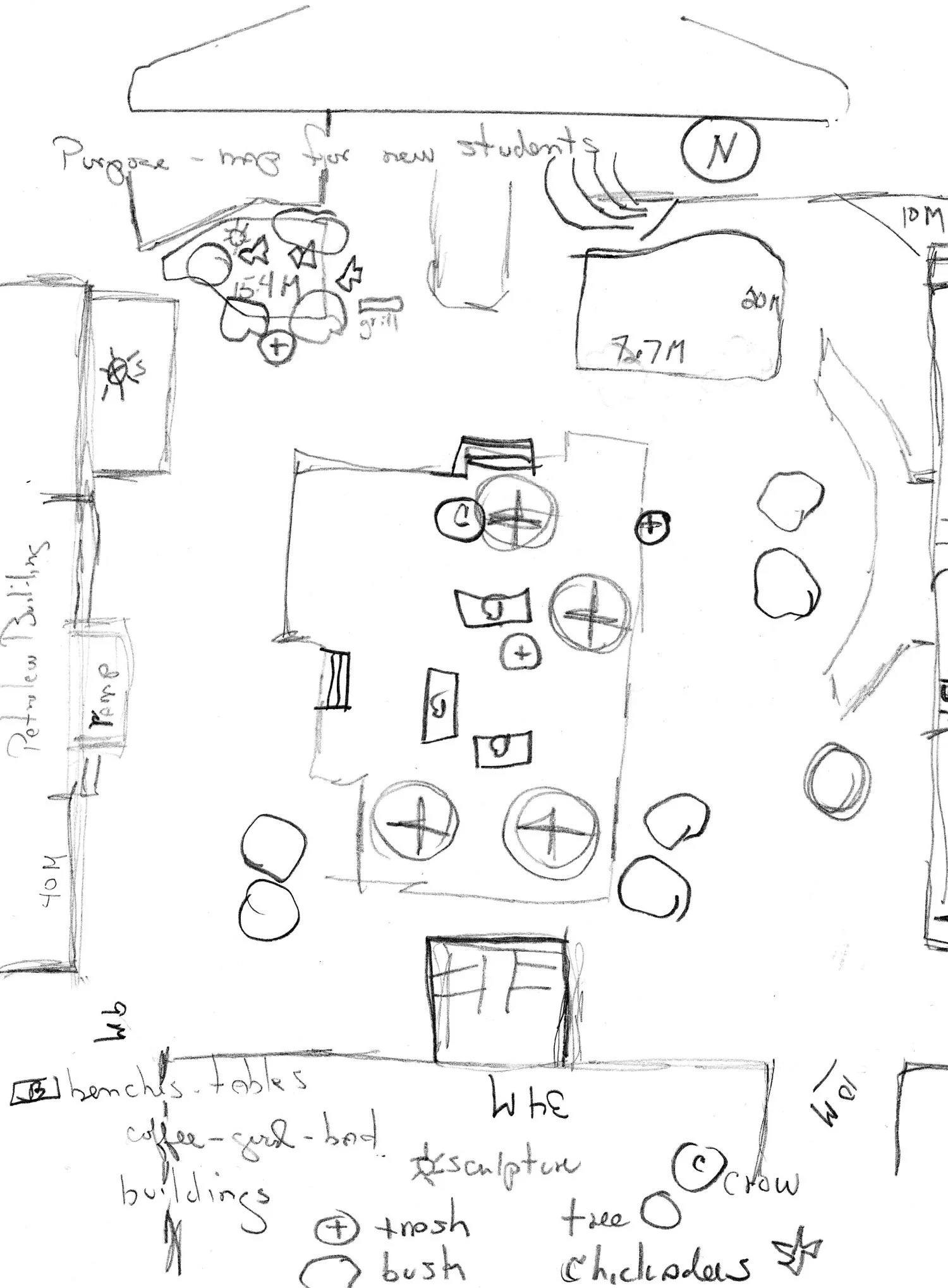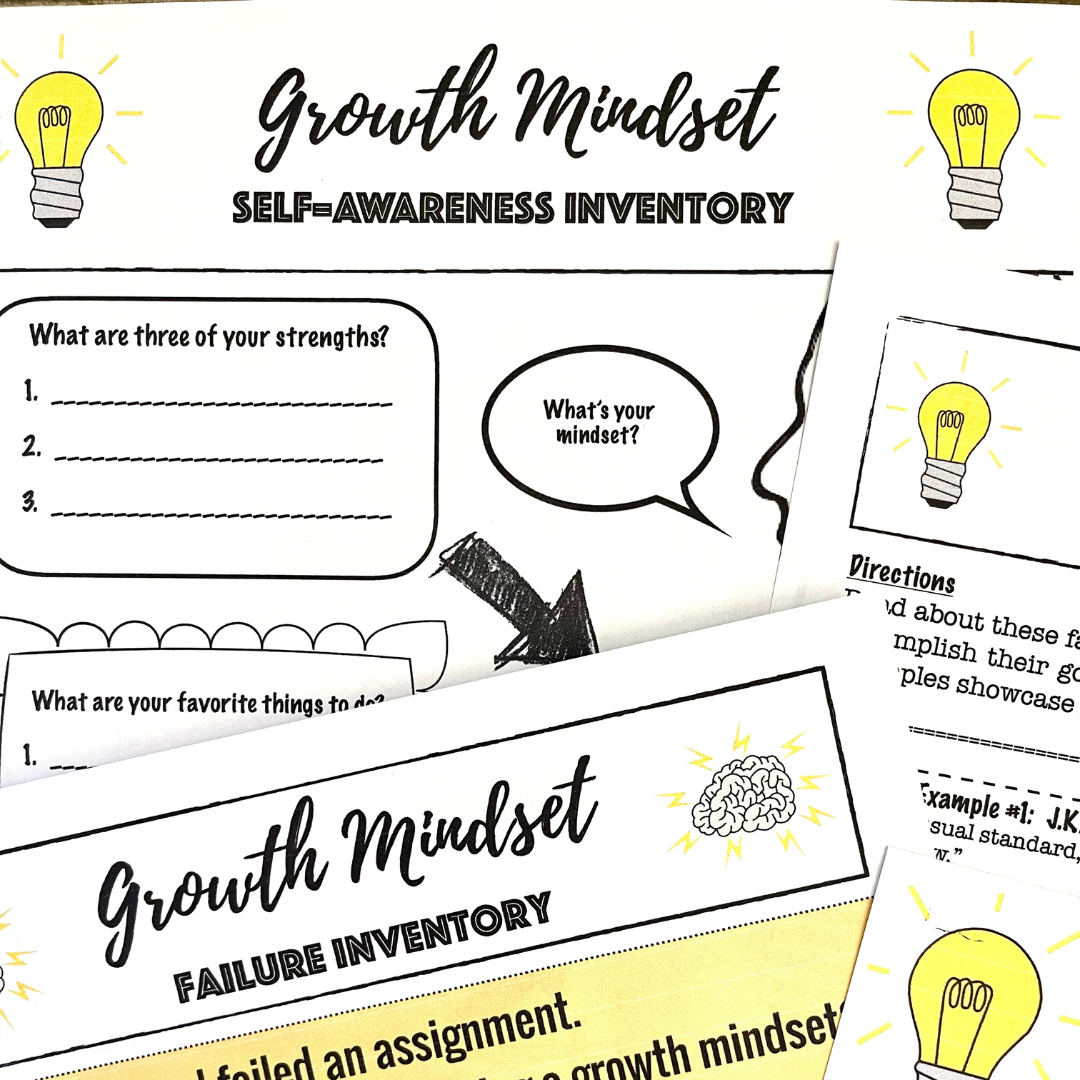The first five lessons of a secondary ELA class are essential for setting the tone for the rest of the year. It’s also a stressful time to readjust to school hours, meet new students, and get back into a routine once again. That’s why I’ve put together your first FIVE lessons of the school year. All right here, done for you.
In these lessons, teachers can establish their expectations, introduce students to the curriculum, and begin building a community of learners. Keep in mind that every classroom will be different! It might take your students twice as long to complete an activity as it took mine. You can start with these ideas and then adjust them to work with your time and student needs.
Lesson #1: Getting to Know You
I usually like to hold off on all the heavy stuff (syllabus, procedures, expectations, etc.) until after the first day of school. Students will come in tired and either angry or excited about coming back to school. Needless to say, their listening ears won’t be at their best on day one.
But it is the perfect time to make class interesting and fun. That’s where this “getting to know you” school map activity comes into play.
Here’s how it works:
Get students into groups— or let them pick their own.
Give each group a piece of butcher paper (or large sticky note, etc.) and a bucket full of markers, crayons, coloring pencils, etc.
Assign each group the task of drawing a map of the school. They have to work together to remember where everything is and add in as much detail as they possibly can.
After students make their school maps, have them hang their maps on the walls for a gallery walk. You can even have students vote on their favorite map for a quick candy prize— the choice is yours. But this activity is sure to get students interacting and working together on day one.
Lesson #2: Setting Expectations
Now that you have your students’ attention by starting with a community-building activity, it’s time to dig into classroom policies, procedures, and expectations. A great way to do this is by having students work through stations. Stations get students up and moving around the room and also get them interacting with their peers to explore the nuts and bolts of how your class operates.
Here are some ideas for stations that will familiarize your students with your class expectations and policies:
Station #1: As a group, guess what the classroom rules might be and then turn over the classroom rules sheet to see if you got any correct.
Station #2: Look through an assortment of former student projects. Make a list of observations about the quality of work expected from the teacher.
Station #3: Look through an assortment of former student essays. Make a list of observations about the quality of writing expected from the teacher.
Station #4: Locate important places in the classroom such as the make-up work bin, classroom library check-out form, and the class handouts station.
Station #5: Join the class’s Google Classroom by using the class code and fill out the student info Google Form attached there.
Lesson #3: Introducing the Curriculum
Day three of class is a great time to introduce the curriculum including the major themes and texts of study. To do this, you can host a book tasting and give students time to peruse the texts they will be reading. They can also fill out a form about their first impressions of each text and also make predictions about what they think happens in each text.
Students can also explore the major theme (or themes) of the semester by creating a collage of things they associate with theme. This can be done in groups on paper or even in a digital format on something like Canva.
Lesson #4: Building a Community of Learners
Lesson #4 is about social emotional learning. It’s a day where students explore how real learning is possible through a growth mindset. Here are some activities for students for this SEL-focused class:
Show students Angela Duckworth’s Ted Talk about Grit.
Have students discuss and debate Duckworth’s theory as a small group.
Assign students the task of researching the question: “How do our brains learn?” Students can then create an infographic where they compile the most compelling information they can find in response to the question.
A fun finisher to this activity is to have students color an SEL coloring page (quote) to hang around the room. These quotes can serve as inspiration to get students started with the school year.
If you are interested in even more SEL activities for this class period, check out the Bespoke ELA unit entitled Teaching Grit: Growth Mindset Activity Bundle for Secondary ELA.
This bundle also includes enrichment items such as posters, coloring pages, bookmarks, video guides, discussion guides, and even a BINGO game to spark student interest in developing a growth mindset. Check it out here.
Lesson #5: Starting a Writing Project
Now that you have laid the foundation of your class and have begun to create a learning community in the classroom, students can begin a writing project. For this first writing project, I would allow students to explore a topic of their interest. In essence, this can be a passion essay— what is something you are passionate about? Students can include research to support their information.
Use this first passion essay as a writing diagnostic for you to assess their skills at the beginning of the school year. What do they already know about writing? What do they need to work on?
This first essay can provide you a lot of valuable information that can help you make curriculum decisions going forward.
That’s it! What else would you add to these first five classes of lessons for secondary ELA? We’d love to hear from you. Please leave us a comment below.
Related Resource
About the Author
Meredith is the founder and creator of Bespoke ELA and TeachWriting.org. She has taught high school English for 15+ years in Dallas, Chicago, and New York City and holds a M.A. in Literature from Northwestern University. She has always had a connection to the written word-- through songwriting, screenplay writing, and essay writing-- and she enjoys the process of teaching students how to express their ideas. Meredith enjoys life with her sweet daughter and Yorkie.















